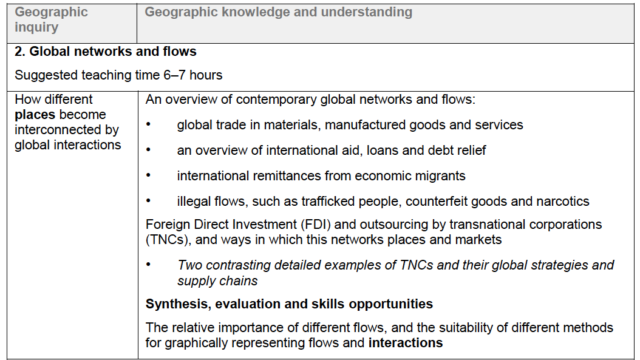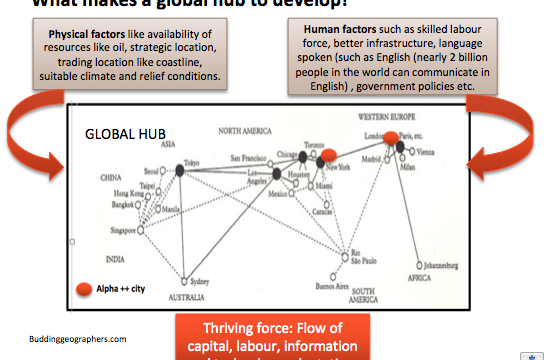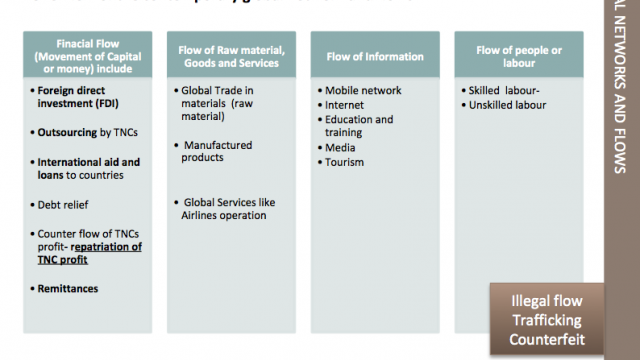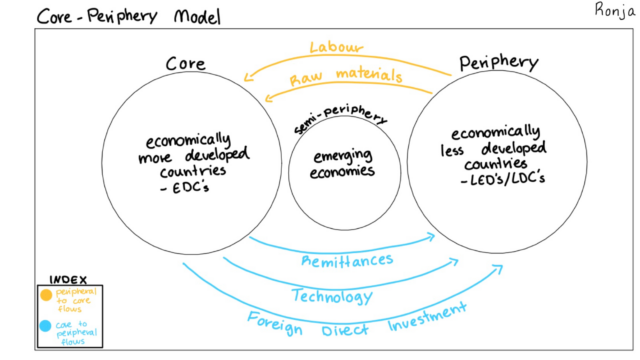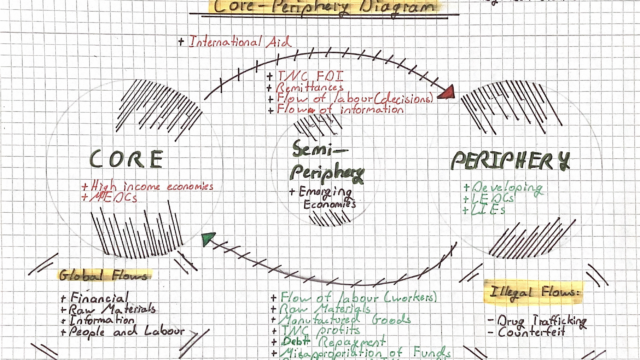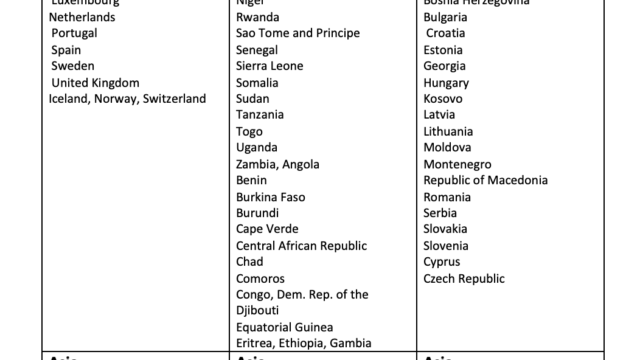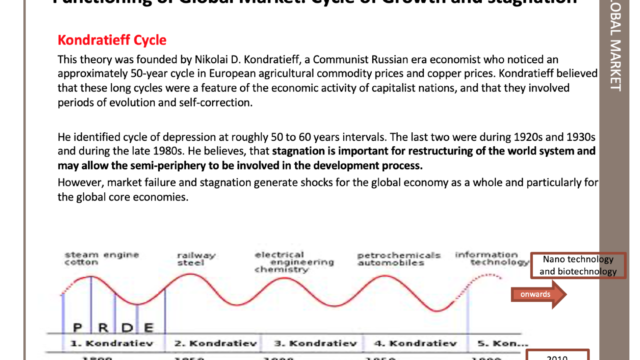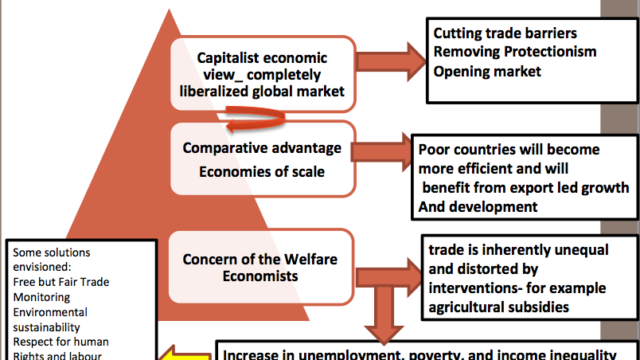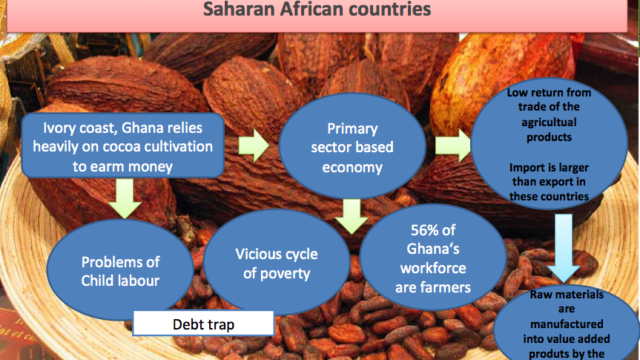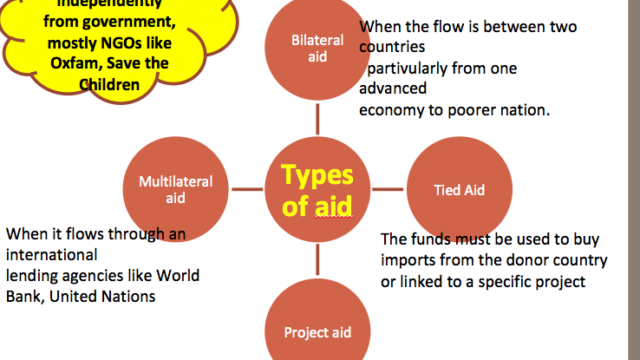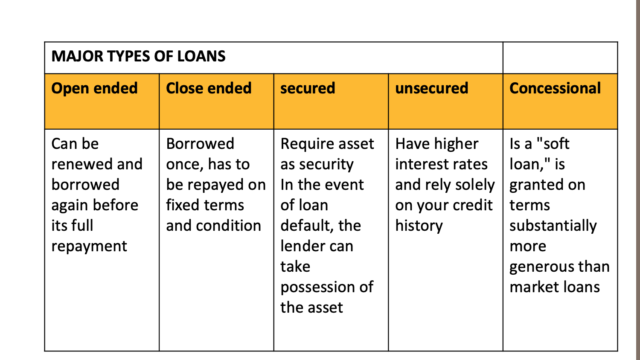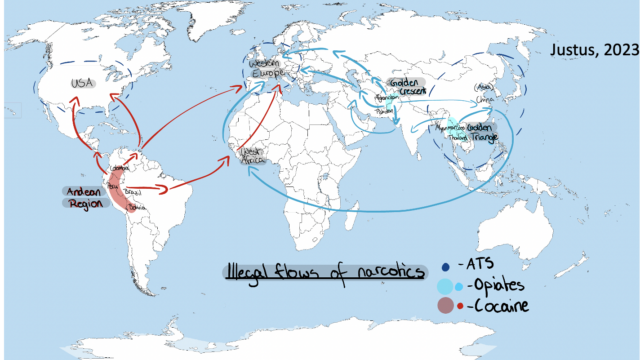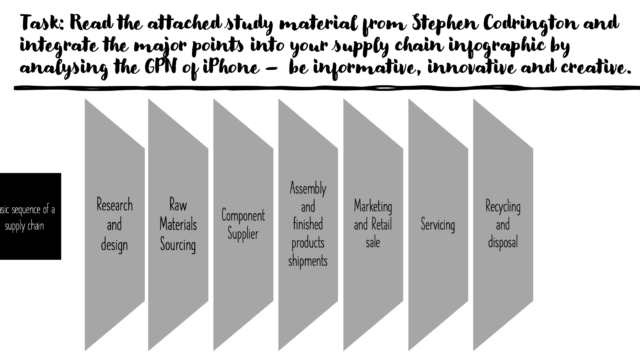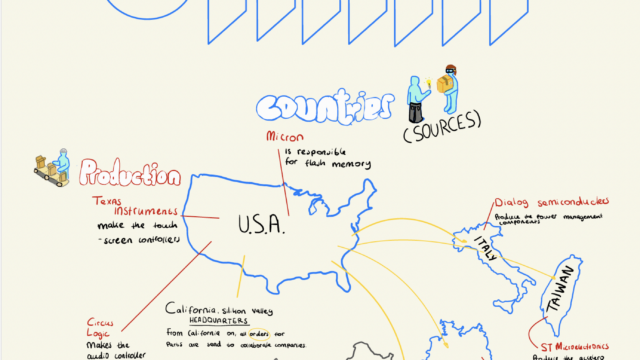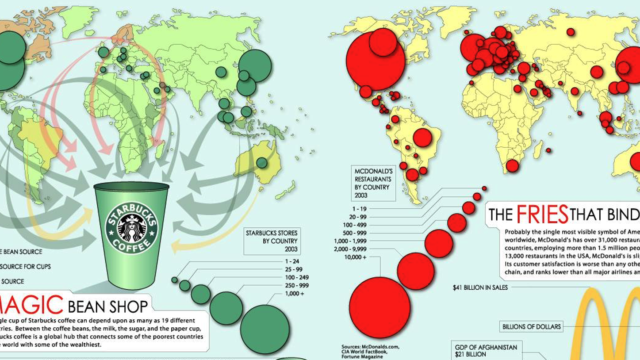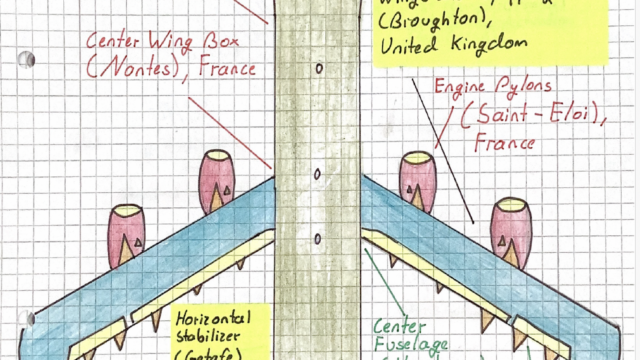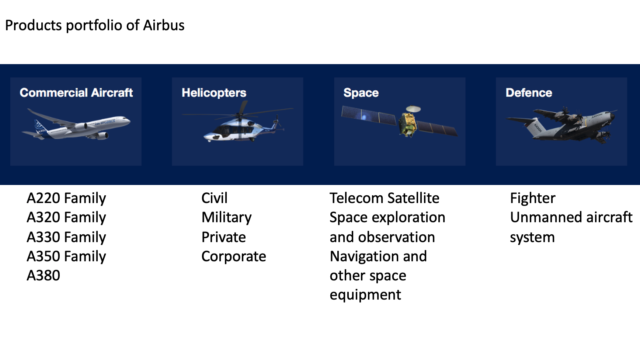Definition of Network
A network is an illustration or model that shows how different places are interconnected through different kinds of flows, movement and transfer. Topographical map represents real distance whereas network maps represents perceived distance between two places depending on the factors of connectivity. Therefore, well connected places may be more closer together than nearest places. Forexample London is closer to Los Angeles than Detriot in network mapping.
What is a global hub?
Well-connected places are called global hubs in network theory. London, New York city, Singapore, Shanghai, Hong Kong, Dubai, Tokyo, Mumbai, Frankfurt all are considered as global hub. Global hub includes Alpha ++, Alpha + and Alpha cities. Alpha ++ cities are most integrated with the global economy. Alpha cities are mostly large megacities with large frequency and density of interconnectedness. They are also considered as the primary nodes in the global economic network. Cities are ranked by the Globalization and World cities research Institute (GaWC) based on several economic, social and cultural factors. GaWC is the leading institute ranking world cities.Cities are ranked into Alpha, Beta and Gamma cities by taking into account the factors like business activity, human capital, information exchange, cultural exchange and political engagement. Click here to access GaWc ranking of the cities based on their connectedness.
Global Core-periphery
Signifies the spatial pattern of global interaction. The global flow is directed and regulated by core –periphery relationship.. The concept can be applied at various scales.
The World System theory of Immanuel Wallerstein (1974)
It is an approach based on the interpretation of the history of the world economy after the industrial revolution. Countries fall into three economic levels- Core- semi-periphery and periphery and can move from one level to another if their contribution to the world economy changes. It is a way of looking at the economic, social and political development of the world where the entire world is considered as a single unit and as a part of the capitalist world economy. Wallerstein argued that looking at individual countries in isolation is too simplistic to understand the world economy and spatial pattern of interaction.
Wallerstein viewed that the capitalistic world system has 3 main components
- A globally accessible and interconnected market
- Free market economy based on the principles of free trade among the countries that allow economic competition and political co-operation.
- 3 tires resource exploitation system – Core, Semi-periphery and Periphery.
The 3 tires system based on capitalistic world economy
Core regions are the areas that dominate trade, control the most advanced technologies, have diversified economies and high levels of productivity. Peripheral regions have high levels of dependency on the core regions because of the disadvantageous trading relationships that have developed historically mainly due to colonialism, less advanced technologies, narrowly specialized economies and low levels of productivity. Semi-peripheral regions, which were once peripheral regions, have moved up the ladder due to economic and technological development and in a position to exploit the peripheral regions, but are dominated by the core regions.
| Related Concepts | Explanations |
|---|---|
| What is capitalism? | The social and economic system that relies on the market mechanism to distribute the factors of production (land, labour and capital). |
| The basic principles behind free trade | The economic theory behind the implementation of free trade is based on the law of comparative advantage and the principles of economies of scale. Comparative Advantage: (David Ricardo in 1817) The countries should specialize in producing and exporting only those goods that they can produce at a lower relative cost than other countries. It is a dynamic concept and can change over time and space. A country is said to have a comparative advantage in the production of good X if it can produce it at a lower opportunity cost, compared to another country. Economies of Scale: The greater the scale of production the lower the average cost of producing each unit. Fixed cost like land rent etc are not likely to increase if production goes up within the same factory. Therefore, the overall production cost will be lower. Production at the economies of scale is possible in free trade regime if all barriers are removed. |
| Foreign direct investment (FDI) | Denotes a long-term investment where a firm based in one country (origin) establishes its presence in another country (host). It may refer to - 1. Investment in new facilities or production or services (Greenfield investment) 2. Acquiring and controlling significant percentage of the stocks of existing local companies (merger and acquisition in the long run) so that investor has control of the acquired assets (Brownfield investment) |
| MNE/MNCs/TNCs | A multinational enterprise is a company or firm that has established production or other operations in more than one country through foreign direct investment. According to World Investment Report, there are more than 82000 TNCs worldwide with more than 800000 foreign affiliates. Top 20 world largest corporations in 2017 are mostly American, Chinese, Japanese and French and German signifying core country domination. |
| Debt | It is an obligation to pay money or deliver goods, or render service under an expressed or implied agreement. One who owes, is a debtor, one to whom it is owed, is a creditor or lender. |
| Loan | Loan is an amount of money advanced to a borrower, to be repaid at a later date, usually with interest. Legally, a loan is a contract between the borrower and the lender. |
Drug trafficking is a global illicit trade involving the cultivation, manufacture, distribution and sale of substances which are subject to drug prohibition laws.
Your Task
Make a Report on the problems of counterfeit and it’s global flow using several examples. Suggest some realistic solutions on how to deal with this problem?
1. Make a blog. You may use https://telegra.ph
OR
2. Make your own short animation movie. You may use https://www.animaker.com
Transnational Corporations
TNCs global strategies and supply chain
Transnational corporations manage their global production and sale through an integrated and coordinated system that involves sourcing of raw materials that go through different stages of production to transport, sale and consumption of the products. This is known as Supply Chain. A typical supply chain may involves several stages starting from research and development, extraction of raw materials, processing, assembly, marketing, retail sale, servicing, recycling and even disposal.


